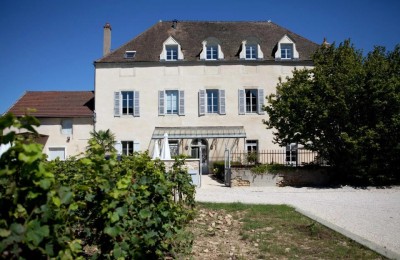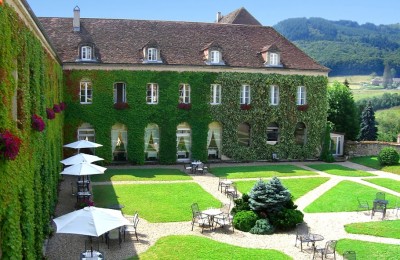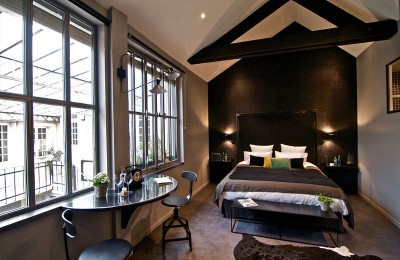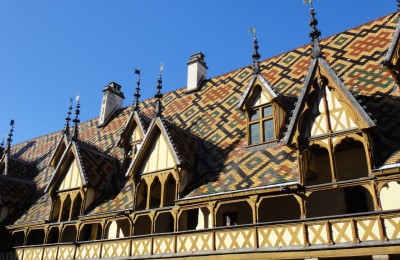Welcome to Burgundy, the region where history and gastronomy unite.
Two of France’s great passions meet in Burgundy: wine and food. Burgundy is such an important part of the French cuisine: Escargots de Bourgogne (Burgundy snails) – Boeuf bourguignon (beef burgundy) – Pain d’épice (spicy bread) – Dijon’s mustard – Coq au vin (chicken cooked with wine) – Volaille de Bresse (Bresse chicken) – apéritif Kir.
Surround that with beautiful green rolling hills, dotted with medieval villages and an easy pace of life. The vineyards produce 200 million bottles of fine wine per year, these include Romanée-Conti, Gevrey-Chambertin, Puligny-Montrachet and Chablis.
The towns of Burgundy have wonderful architecture that evolve from the Renaissance and Middle Ages, in particular its stately capital Dijon and Beaune the epicentre of the wine region has so much to offer. Add three UNESCO World Heritage sites – La Charité-sur-Loire town & its priory church – The Sainte-Madeleine Basilica and Vézelay village – The Fontenay abbey – to the must see list.
Outdoors, see some of the most glorious waterways in France, where you can glide through the exquisite countryside on a boutique barge, skipper you own or just take a day trip. For cyclists there is over 800 kilometres of paths that can take you through Burgundy’s vineyards, its castles, its villages… Hiking and horse riding are also popular activities. All this is only 1 hour 30 from Paris by TGV train and 2 hours by car from Lyon.











